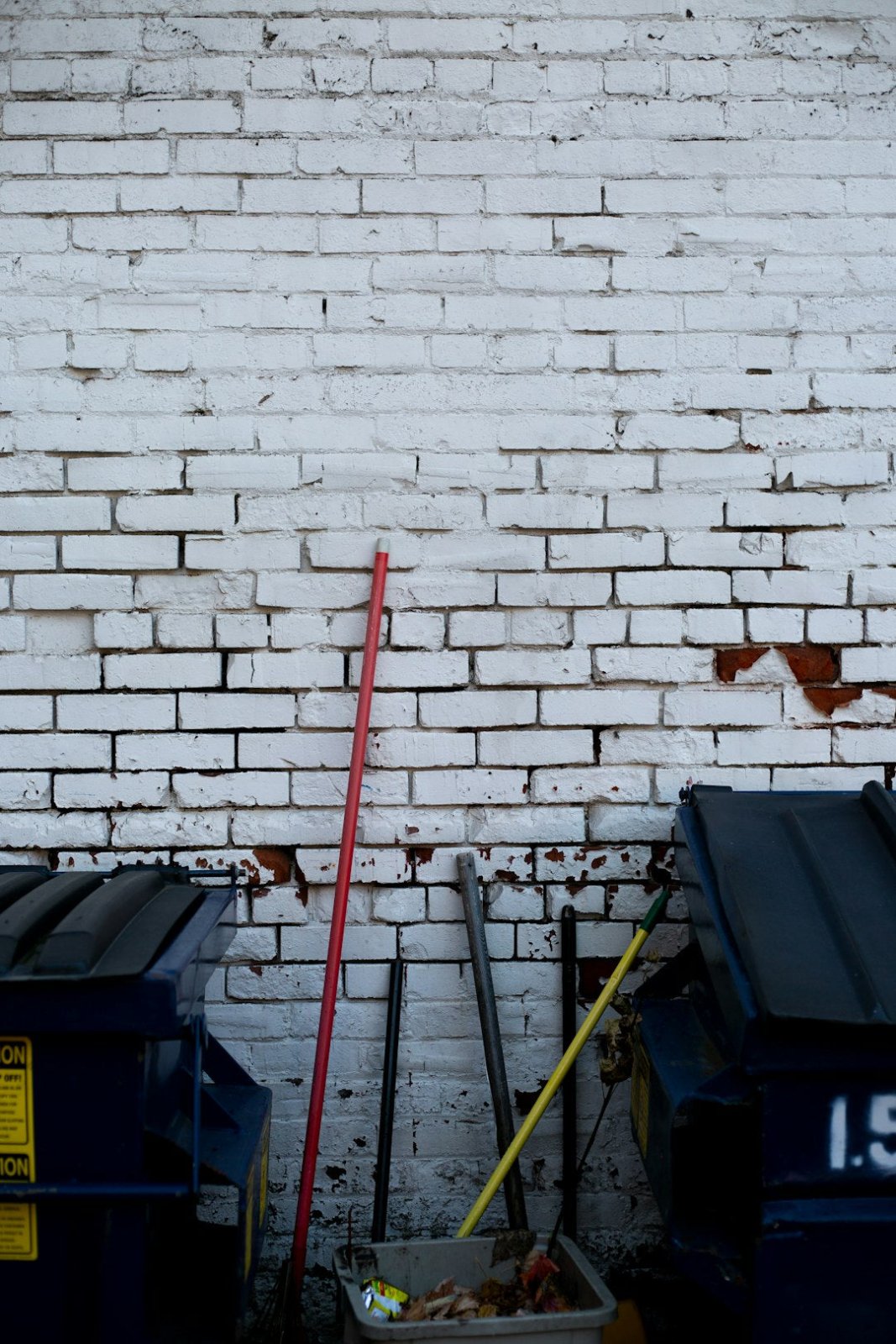Keeping your home clean is essential, but the words "deep cleaning" and "regular cleaning" often create confusion. Many people don’t fully grasp the difference between these two critical cleaning processes. To ensure your space remains fresh, healthy, and welcoming, it’s vital to understand not just what these terms mean, but also when to use them. In this comprehensive guide, we’ll dive deep into the comparison between deep cleaning and regular cleaning, exploring their distinct characteristics, benefits, and even some tips to keep your living space pristine.
The Fundamentals of Cleaning
Before jumping into the specifics of deep cleaning and regular cleaning, let’s first establish the basics of cleaning itself. Cleaning is the act of removing dirt, dust, and clutter from the surfaces in your home. It’s a crucial part of home maintenance that not only improves aesthetic value but also promotes a healthier living environment.
What is Regular Cleaning?
Regular cleaning, also known as general cleaning or routine cleaning, involves maintaining your home’s cleanliness on a day-to-day basis. This type of cleaning is task-oriented and focuses on the visible surfaces of your home.
Key Characteristics of Regular Cleaning
- Routine frequency (daily, weekly, or bi-weekly)
- Focus on high-traffic areas (kitchen, living room, bathroom)
- Quick and efficient; designed to maintain cleanliness
- Includes tasks such as dusting, vacuuming, mopping, and decluttering
Benefits of Regular Cleaning
Regular cleaning offers several advantages:
- Maintains a clean environment: Helps in keeping your home free of dirt and dust.
- Improves indoor air quality: Reduces allergens and improves ventilation.
- Prevents pest infestations: Regularly cleaning decreases the chances of pests finding a home in your space.
- Reduces stress: A tidy environment contributes to a calmer mind and promotes overall well-being.
Diving into Deep Cleaning
On the flip side, deep cleaning is a more extensive and intensive cleaning process. This type of cleaning goes beyond the surface-level tasks associated with regular cleaning and aims to tackle the neglected or hard-to-reach areas of your home.
Key Characteristics of Deep Cleaning
- Less frequent (typically quarterly, bi-annually, or as needed)
- Targets hidden areas (under furniture, inside appliances, etc.)
- Involves a comprehensive cleaning checklist
- Focuses on sanitization, including cleaning carpets, upholstery, and windows
Benefits of Deep Cleaning
Deep cleaning has its unique set of benefits, which include:
- Eliminates hidden dirt: Reaches corners, baseboards, and areas that regular cleaning often overlooks.
- Improves hygiene: Reduces the spread of germs and bacteria.
- Extends the lifespan of your furnishings: Regular deep cleaning can help maintain and preserve your home’s features.
- Creates a fresh start: Provides a sense of rejuvenation and cleanliness in every nook and cranny.
When Should You Use Regular Cleaning vs. Deep Cleaning?
Both forms of cleaning play important roles in maintaining a healthy and inviting home, but knowing when to apply each can make all the difference.
Regular Cleaning Schedule
Regular cleaning should be done consistently to keep your home tidy and manageable. Ideally, you should:
- Dust surfaces and furniture at least once a week.
- Vacuum carpets and rugs regularly (at least weekly).
- Wipe down kitchen and bathroom surfaces frequently.
- Take out the trash daily or weekly to prevent odors and pests.
When to Deep Clean
Deep cleaning is essential at specific intervals or under certain circumstances:
- Seasonally, to refresh your home.
- After a major event or gathering to tackle the aftermath.
- When selling or moving into a new home.
- As family members become more susceptible to allergens or illnesses.
A Practical Approach to Cleaning Your Home
Getting started with either regular or deep cleaning doesn’t have to feel overwhelming. Both methods can be used strategically to create a clean, inviting environment. Whether you opt for consistency with regular cleaning or dedicate time for deep cleaning, consider these practical tips:
Creating a Cleaning Plan
Establishing a cleaning schedule will help streamline your efforts and ensure that no area is neglected:
- Weekly Checklist: Include daily chores and weekly tasks, like wiping surfaces and vacuuming.
- Monthly Goals: Designate specific months for deep cleaning certain areas of your home.
- Seasonal Deep-Cleaning Events: Plan thorough cleaning sessions for the start of each season.
Gathering Necessary Supplies
A well-stocked cleaning caddy will help make your routine smoother:
- Microfiber cloths for dusting and cleaning surfaces
- Vacuum cleaner and broom for quick debris removal
- Mops and buckets for floor maintenance
- Eco-friendly cleaning solutions tailored to specific areas
Involving the Whole Family
Cleaning can be a team effort! Encourage family involvement to foster shared responsibility:
- Create chore charts to assign tasks to each family member.
- Turn cleaning into a fun activity by playing music or setting a timer for challenges.
- Teach children age-appropriate tasks to instill lifelong cleaning habits.
Understanding the Costs and Time Involved
Another crucial aspect of cleaning is the time and resources you allocate. Deep cleaning usually requires more time and possibly the assistance of professionals, whereas regular cleaning can often be accomplished in shorter intervals.
Regular Cleaning Time Commitment
A typical regular cleaning session may take:
- 30 minutes to an hour for small spaces.
- 2 to 3 hours for larger homes with multiple rooms.
Deep Cleaning Duration
Deep cleaning, however, could consume several hours or even an entire day:
- 5 to 10 hours for smaller homes.
- 10 to 15 hours for larger spaces or homes with extensive detailing.
Choosing the Right Method Based on Your Lifestyle
Your personal or family lifestyle significantly influences whether you prioritize deep cleaning or regular cleaning. Busy families may lean more towards regular cleaning to keep up with day-to-day messes, while those with more leisure time might schedule deep cleaning sessions for added peace of mind.
Factors to Consider
- Number of family members and their activities.
- Pets and the potential for extra mess.
- Allergies or health concerns that may necessitate deeper cleaning.
- Time availability for structuring your cleaning plan.
Final Thoughts: Keeping Your Home Fresh and Inviting
Understanding the differences between deep cleaning and regular cleaning empowers you to maintain a home that is not only visually appealing but also healthier for you and your loved ones. By embracing both methods appropriately and incorporating them into your cleaning regimen, you’re bound to create a welcoming and sanitary living space.
Remember that a clean home offers more than just aesthetic pleasure: it plays a pivotal role in your overall well-being and peace of mind. Each type of cleaning serves its unique purpose, and integrating both into your routine will leave your home feeling refreshed, organized, and ready to take on whatever life throws your way!
Explore another user's Shopify store by clicking here. Please note that this is a promotional link, and we assume no responsibility for the content on the linked store.


Share:
The Ultimate Guide to Organizing Your Cleaning Supplies for a Spotless Home
The Ultimate Guide to Maintaining a Spotless Kitchen: Tips & Tricks for Every Home Chef